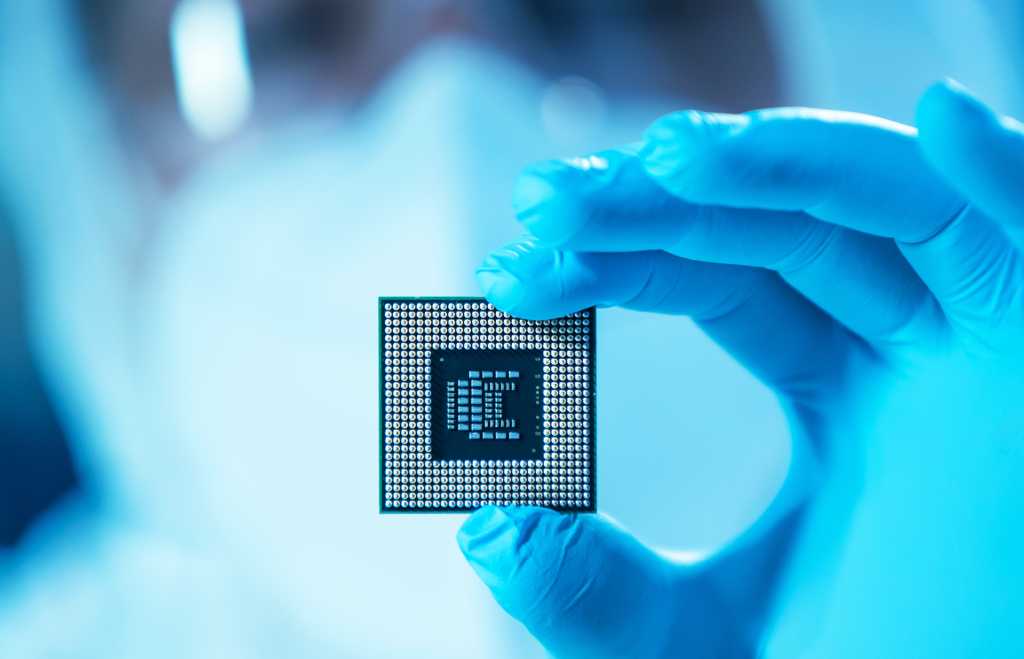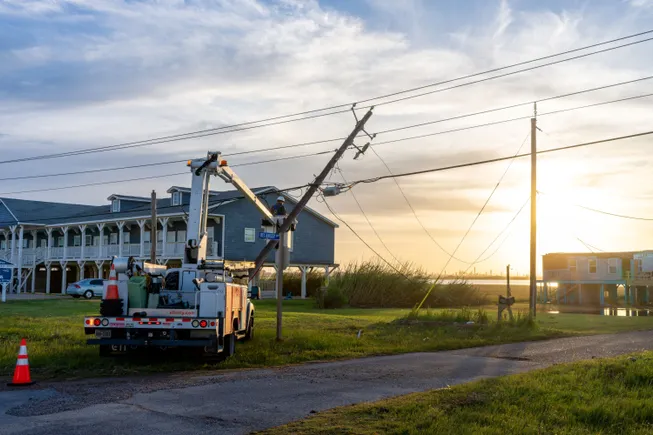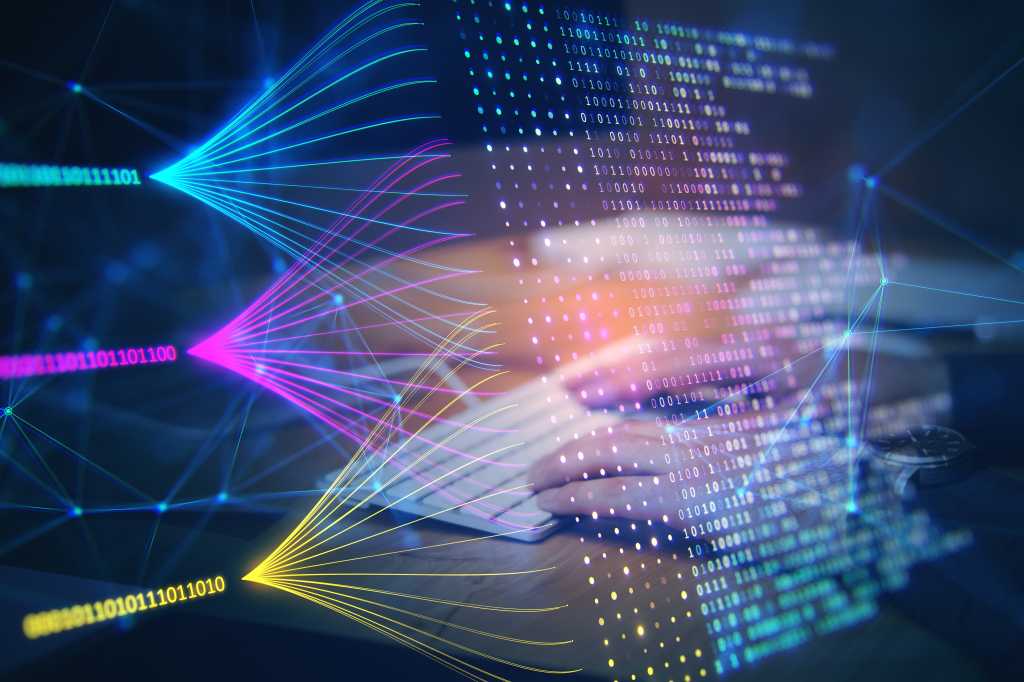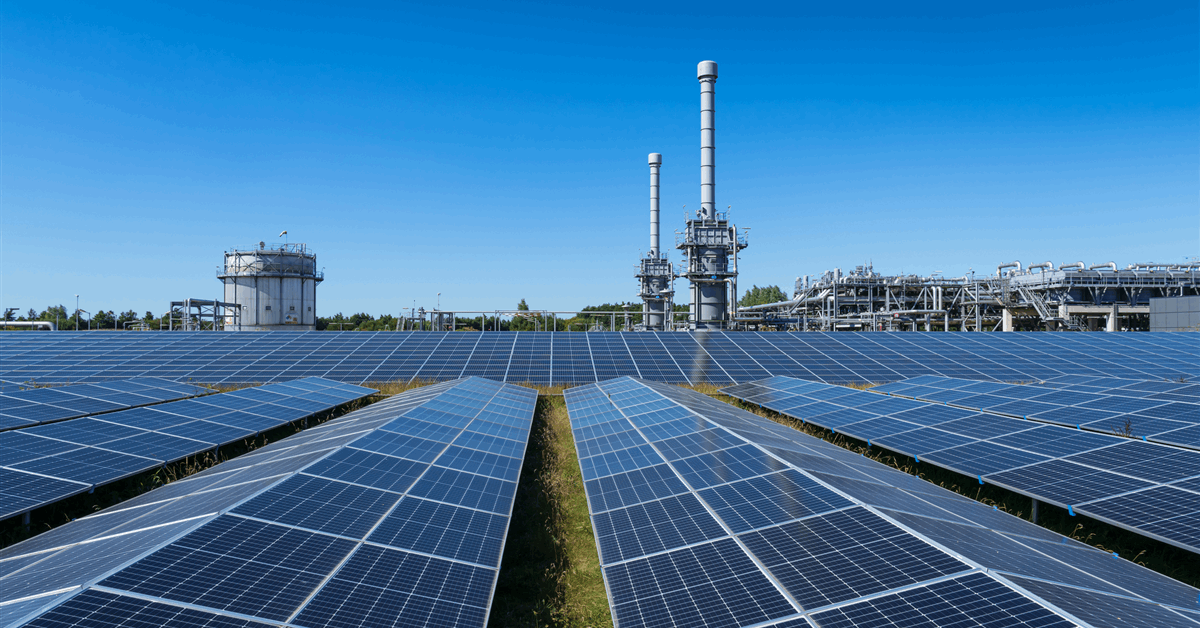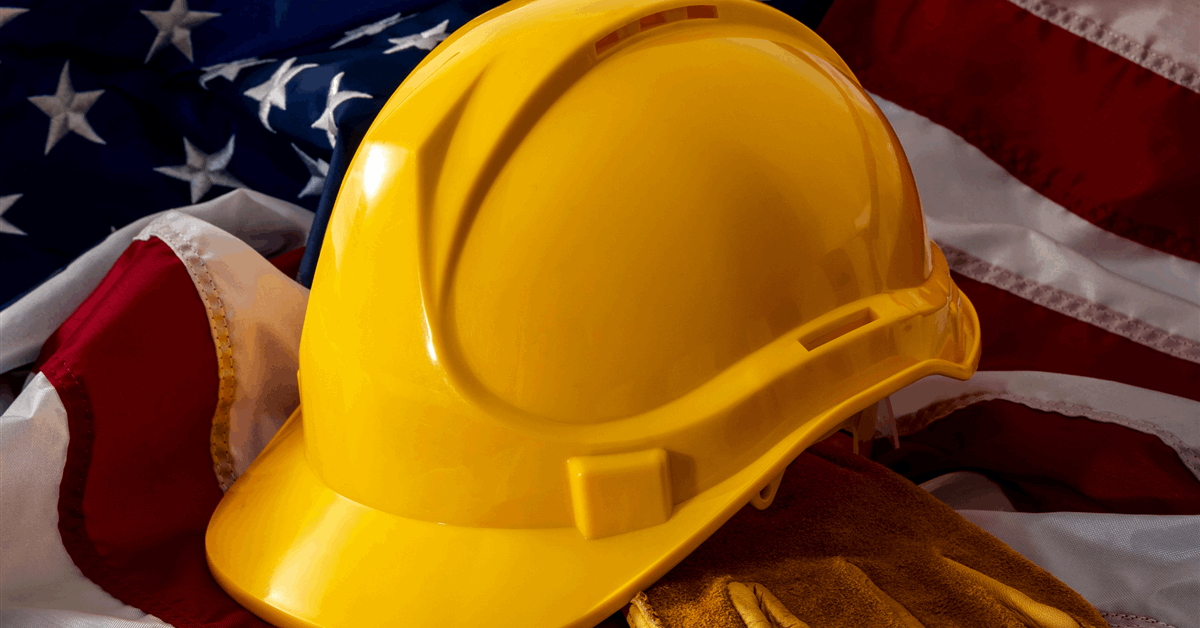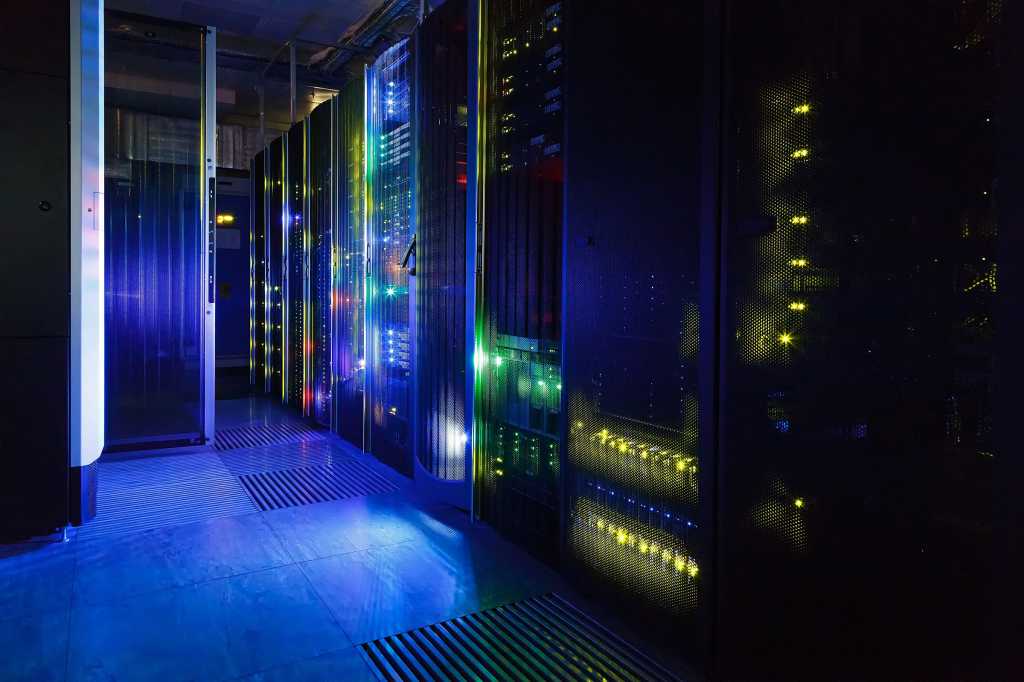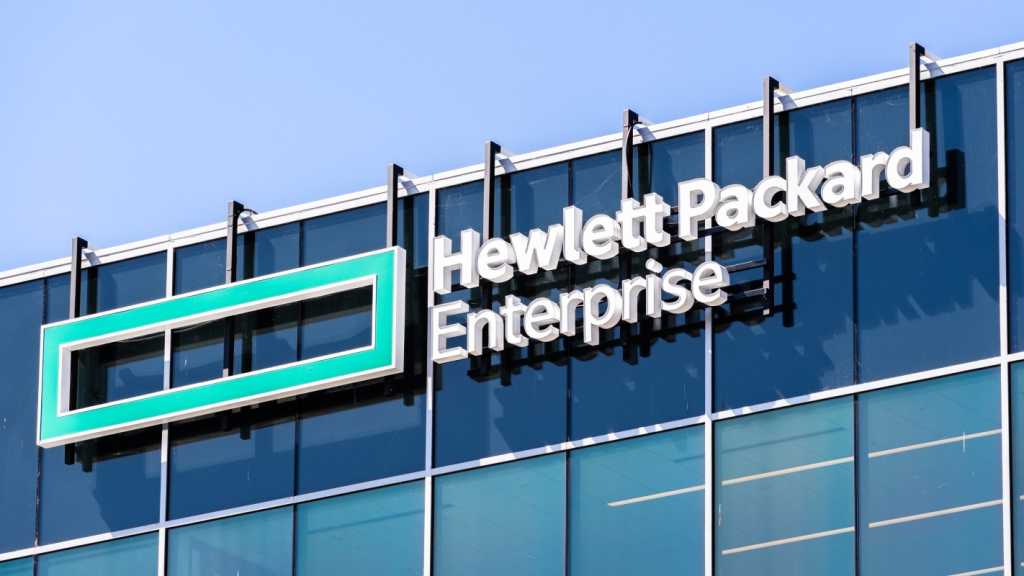Join our daily and weekly newsletters for the latest updates and exclusive content on industry-leading AI coverage. Learn More
AI is a critical competitive advantage — and it’s time to find out how your company stacks up. The annual VentureBeat AI survey is back. The survey is brought to you by ActiveFence, a leader in expert-driven gen AI safety and security solutions, and returns alongside Transform 2025 in SF this June 24 and 25. It’s designed to assess the current state of AI adoption, with a particular focus on generative and agentic AI in enterprise settings, and we want to hear from you!
We’re looking for mid- to senior-level professionals who are directly involved in AI-related strategy, implementation or evaluation, across a range of industries, including technology, finance, healthcare, education, retail and government.
The survey takes about ten minutes to complete, with 40 quick questions covering a broad range of topics, including organizational maturity, investment trends, tool adoption, AI safety, and the emergence of autonomous agent frameworks. Results will be segmented by industry, company size and budget allocation to surface up to the minute actionable insights and benchmark adoption curves across sectors.
And for an exclusive look at survey results, register now for Transform 2025. You’ll learn where your company stands in the race to adopt AI and prepare for the agentic future, get in the room with other leaders and decision makers, and leave with the knowledge and tools you need to harness the power of AI, now and tomorrow. This year it’s all about agentic AI, ROI and cost efficiency, and enterprise-grade orchestration, with candid lessons and crucial advice from the leaders on the front lines.
To learn more about where your company stands on the AI adoption curve, take the VB AI Survey now. Responses must be completed by June 6, 2025.
For an exclusive look at the results and to learn what’s actually working in enterprise AI, from copilots to agents and more, register now to attend Transform 2025!
Daily insights on business use cases with VB Daily
If you want to impress your boss, VB Daily has you covered. We give you the inside scoop on what companies are doing with generative AI, from regulatory shifts to practical deployments, so you can share insights for maximum ROI.
Read our Privacy Policy
Thanks for subscribing. Check out more VB newsletters here.
An error occured.


